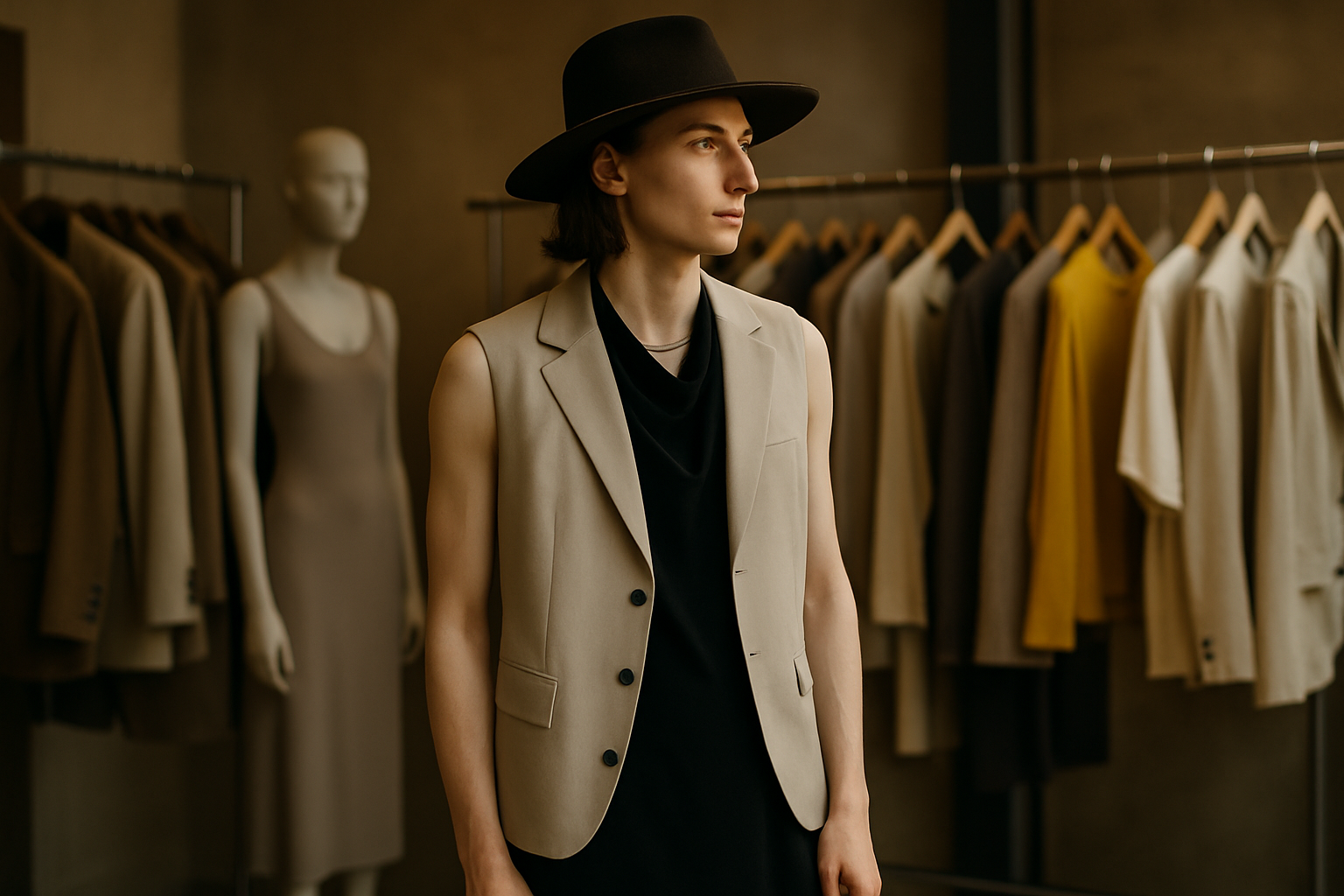Hats for Men: A Practical Guide to Styles, Fit, Materials, Care, and Buying
A well-chosen hat can sharpen your look, provide weather protection, and express personality. This guide breaks down essential styles, how to get the right fit, what materials mean for durability and comfort, practical care habits, and smart places to shop. Use it to choose confidently and keep your hats looking sharp for years.

A hat does more than cover your head. The right style can balance proportions, elevate casual outfits, and provide shade or warmth. To choose with confidence, it helps to understand which silhouettes suit particular occasions, how sizing works, what materials mean for comfort and longevity, and how to care for and store your investment. This guide focuses on practical details so you can buy well and wear your hats with ease.
Popular hat styles and appropriate occasions
From casual to dressy, silhouette and material signal formality. Fedoras and trilbies with medium brims work for smart-casual and business-casual outfits, especially in felt during cooler months and straw in warm weather. Panama hats (handwoven straw) suit summer tailoring and resort wear. Flat caps and newsboys complement casual layers and smart knits year-round. Baseball caps lean sporty and off-duty, while bucket hats feel relaxed and weather-ready. Beanies are functional for cold climates, and western or outback styles excel for sun and trail. For events, match the hat’s formality to the setting: understated felt for evening dinners, structured straw for daytime ceremonies, and rugged brims for outdoor travel.
How to choose the right fit and measure your head
Use a soft tape to measure around your head about one finger above the eyebrows and ears, keeping the tape level. Note the circumference in centimeters, then match a size chart; if between sizes, try the larger first. A good fit is snug without pressure points, sitting level and not riding up when you look down. Account for hair length changes and seasonality: thicker winter hair or a beanie underneath may require a touch more room. Head shape also matters. If you have a rounder head, deeper crowns with adjustable sweatbands can reduce hot spots. Sizing tape, foam reducers, or a professional adjustment can fine-tune comfort.
Materials and construction: durability, seasonality, and comfort
Material choice affects feel, longevity, and weather performance. Wool felt is budget-friendly and warm; fur felt (often rabbit or beaver blends) typically offers denser, more durable felting with better shape retention. Straw options vary: toquilla straw (used in Panama hats) is breathable and light; raffia is flexible; paper or seagrass blends can be lightweight but may be less durable over time. For caps, cotton twill and canvas are sturdy; linen breathes well in heat; technical synthetics add stretch and moisture control. Construction cues matter: a leather or quality cloth sweatband improves comfort, consistent stitching signals good make, and a well-blocked crown holds shape. Lined hats feel premium but can trap heat; unlined options breathe better in summer.
Care, storage, and where to find quality hats
Handle by the brim with clean hands to avoid crushing the crown. Brush felt with a soft hat brush to lift dust, and spot-clean with a slightly damp cloth; avoid aggressive detergents. Let wet hats air-dry away from direct heat, reshaping gently as they dry. Use a hat form or stuff the crown with tissue for storage, and keep hats in a breathable box or on a wide hook to prevent dents. For travel, a sturdy case helps protect structure. When buying, inspect even stitching, smooth felting, comfortable sweatbands, and proportionate brim and crown. Favor retailers that offer size guides, flexible exchanges, and local services like steaming or minor reshaping. Styling tips, including pairing hats with outfits and face shapes, can often be found in retailer guides; look for advice on balancing brim width with jawline and matching textures to your wardrobe.
Below are examples of established retailers and makers that provide helpful services online and, in some cases, in your area.
| Provider Name | Services Offered | Key Features/Benefits |
|---|---|---|
| Lock & Co. Hatters | Bespoke and ready-to-wear, in-store fitting, cleaning and reshaping | Historic specialist hatter in London with expert sizing and classic styles |
| Stetson | Ready-to-wear felt, straw, caps; care guides | Wide size ranges and durable constructions across casual and dress styles |
| Borsalino | Luxury felt hats; in-store sizing; aftercare advice | Lightweight felts with traditional craftsmanship |
| Goorin Bros. | Retail stores and online, fitting and steaming | Contemporary designs with accessible local services |
| Village Hat Shop | Online and store retail; size guides; multi-brand selection | Broad assortment with educational resources for sizing and care |
| Hatstore World | Online retail; personalization on select styles; size charts | Large catalog with international shipping options |
Styling tips: pairing hats with outfits and face shapes
Think balance and texture. If you have a round face, choose crowns with more height and medium brims to add structure; oval faces handle most shapes; square faces benefit from softer curves like rounded crowns or slightly curved brims. Coordinate materials with outfits: felt with wool coats and tailoring, straw with linen or light cottons, canvas and twill with denim or utility wear. Match color depth to the rest of your look; navy, charcoal, and brown are versatile neutrals, while lighter straw tones brighten summer palettes. Start with familiar silhouettes like a flat cap or mid-brim fedora, then experiment as your comfort grows.
A considered approach to styles, fit, materials, and care makes hat buying straightforward. Focus on proportion, comfort, and quality markers, and use reputable retailers or local services for accurate sizing and maintenance. With a little routine upkeep, your hats can retain their shape and finish through many seasons.




